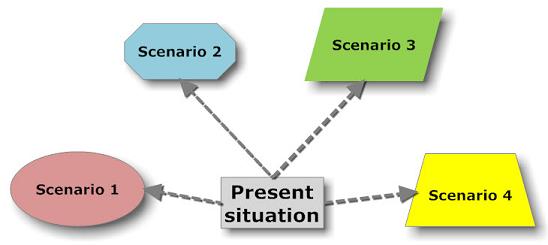The most common initial act in establishing organizational direction is an organizational mission. The statement that describes the mission talks about the target market and also talks about its strategy to be profitable by providing good customer service through friendly and knowledgeable people. It is essential to look into external influences like labor, conditions, competitors, government rules while considering mission statement.
Company’s mission statement should define stakeholders expected return along with the measurement of the performance of the company through those returns. The expected profit too should be included in the organization’s mission. Moreover, the company should come to consensus as to what all areas should be measured like margin growth, efficiency, competitive cost position, product quality, market share etc.… Read the rest


